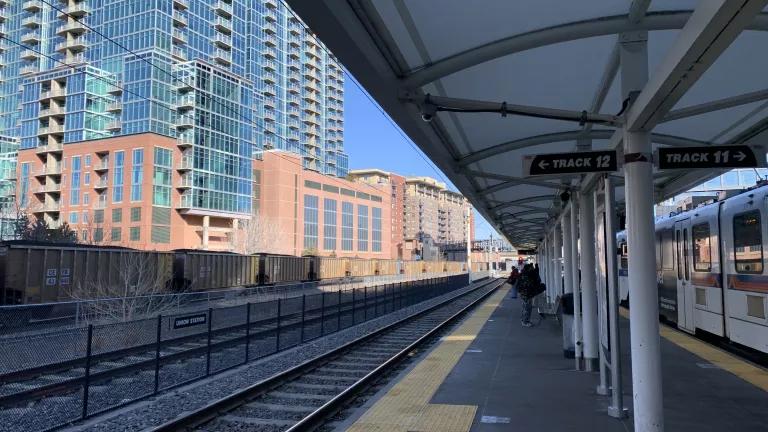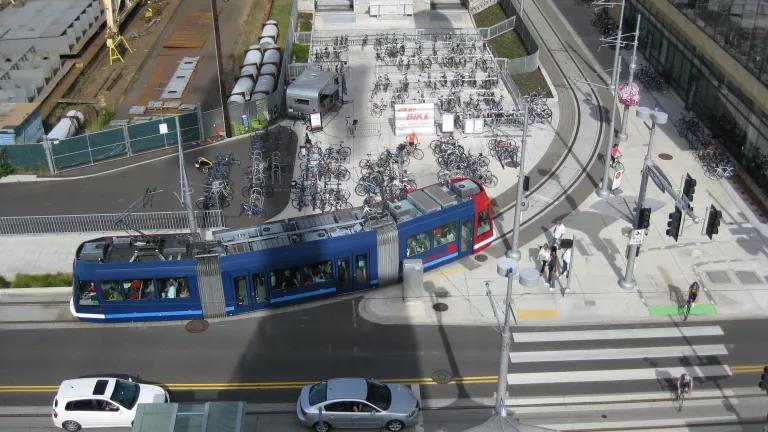This Bike Week, Imagine a Future With Fewer Cars
In the more than a year since COVID-19 took hold, cities have converted their streets into havens for walking and bicycling to help essential workers get to jobs and create space for healthy outdoor activities

In fall 2020, Seattle residents of all ages enjoy slow streets for health and access to essential needs.
In the more than a year since COVID-19 took hold, cities have converted their streets into havens for walking and bicycling to help essential workers get to jobs and create space for healthy outdoor activities. Now that restrictions are beginning to ease and Americans are slowly returning to their pre-pandemic lives, Bike Month and Bike Week (May 17-23) are the perfect opportunity for communities to commit to keeping the momentum going.
The importance of equitable public space moved to the fore in 2020: The summer’s widespread protests against police brutality played out in streets and plazas around the country, at the same time as cities adopted slow streets and shared streets programs so that people could more freely experience their neighborhoods with fewer cars while under stay at home orders. Once traffic-clogged thoroughfares were cleared for distanced dining, socializing and strolling, offering a glimpse of what the future could look like if we build back with transportation policies that prioritizes public health, racial and economic justice and climate action.
Leading the way on these initiatives are the cities involved in the Bloomberg Philanthropies American Cities Climate Challenge, who are creating safer streets for everyone who uses them. The pandemic has thrown into sharp relief just how vital our streets are for transportation in all its forms.
In Seattle, the Stay Healthy Streets program saw 20 miles of streets closed to most vehicular traffic during COVID lockdowns, a move that was ultimately made permanent thanks to its immense popularity. Similar slow streets initiatives have been implemented in other urban centers across the country: Denver, which began rethinking its street design before the pandemic, has since launched a Shared Streets program that many residents would like to see continued indefinitely.
Austin’s Transportation Department is taking the lessons it learned from its COVID-era Healthy Streets initiative and incorporating them in future slow street layouts. For example, the city found that the most effective means of calming traffic was a tool called a “midblock chicane,” a barrel that sits in the middle of a road that forces drivers to pay attention and monitor their speed. As a result, chicanes will likely be part of the strategy going forward.
If there is a lesson to be taken from the pandemic, it’s that even the most car-oriented cities can embrace change. Los Angeles, with its legendary freeways and traffic, installed more than 50 miles of Slow Street infrastructure across 30 neighborhoods, and the city is currently mulling how to adjust the plan to fit “long-term reality.” San Jose, a sprawling California city whose layout has long catered to cars, has already built more than 400 miles of bike lanes as part of its Better Bike Plan 2025, with plans to expand its cycling networks to include hundreds more miles of protected bike lanes, bike boulevards and off-street trails.
A just recovery does not mean returning to the status quo. The past year has shown us that dramatic change is not only possible, but essential. It is only by boldly reimagining our transportation systems that we can continue what we’ve started, and ensure that our future is more sustainable and equitable than ever before.




